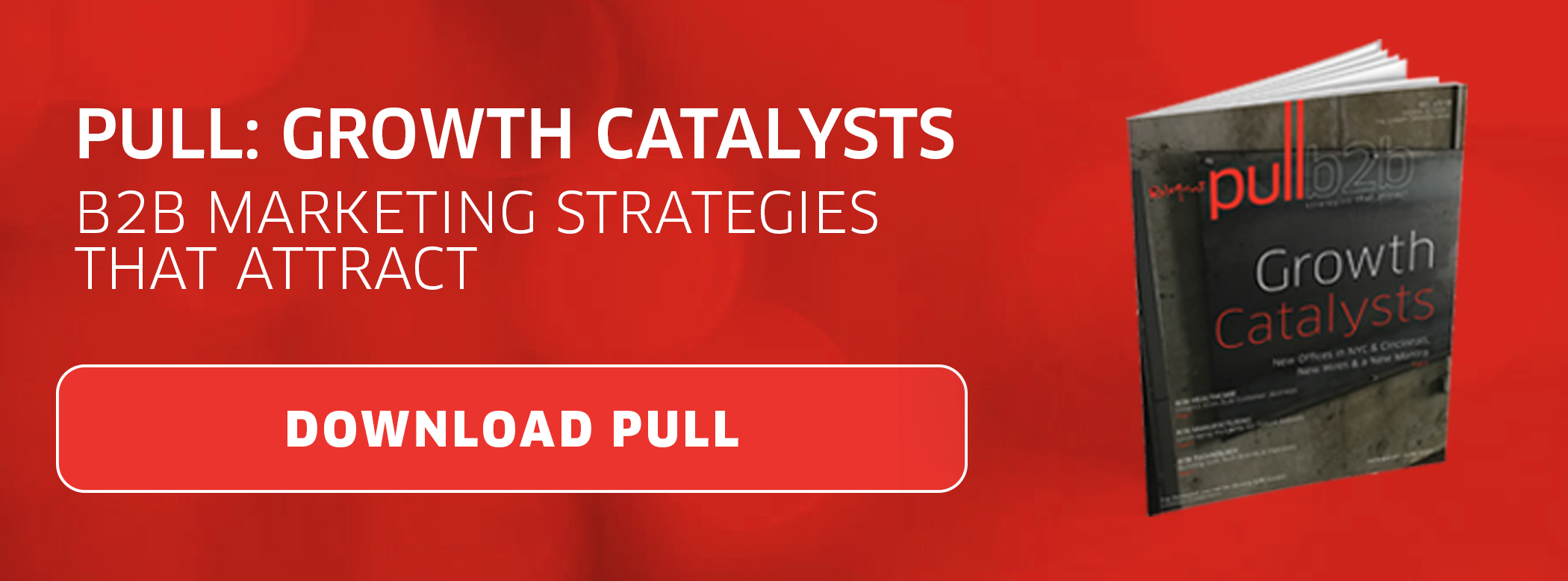 As search engine algorithms have become more sophisticated, search engine optimization has become much more context- and audience-driven. Gone are the days of making sure your target keywords appear a certain time of times — SEO is now all about the quality of your content and how well you promote it.
As search engine algorithms have become more sophisticated, search engine optimization has become much more context- and audience-driven. Gone are the days of making sure your target keywords appear a certain time of times — SEO is now all about the quality of your content and how well you promote it.
And that doesn't just apply to your new content. It's increasingly important for SEO to make sure you continually update, republish and re-promote your older, high-converting content. Doing so can help your ranking in a number of ways, including by boosting your traffic, click-through and conversion rates; showing Google that your content is fresh; and improving how often Google indexes your site.
Here's how to optimize your B2B content to hit the right marks with search engines like Google while also capturing the attention of your prospects:
- Revisit Your Buyer Personas. It can be tempting to jump right into SEO tactics, but you should always begin your content optimization strategy by fully fleshing out your buyer persona. Along with common elements like age, title and interests, be sure to include your persona’s challenges and the words and phrases they use to talk about them.
Your company is wrapped up in your solutions and your company terminology. Take a step back and think about the words your buyers use. Then, line those up with your SEO tactics by doing keyword research using phrases from your buyer's point of view. - Be Valuable. It isn’t enough to simply create content that’s packed with the right keywords. Valuable content is educational, actionable, entertaining, funny, emotional, uplifting or any number of things, depending on your persona.
B2B content also must speak the language of your readers to be valuable. Pay close attention to whom you’re targeting, as industry lingo and jargon can be tricky. You don't want to "dumb down" your content and over-explain common terms, as an experienced audience will quickly get bored. You also don't want to talk over anyone's head, as confusion will lead to high bounce rates. - Add Images. Once you’ve created the meat of your content, it’s time to start adding visual elements such as pictures, charts and graphs. Not only do these elements give the reader's eyes a rest from blocks of text, but they also give you more places to optimize, including by adding keywords to the image file's name and alt tags.
It can also be helpful to include elements such as subheadings, bulleted or numbered lists, and bold or italicized words. Along with helping readers scan long pages for the information they need, these elements also make meaty pages approachable by not looking like pages from a college textbook. - Revisit Keywords. This is step number four for a reason: Your content must be valuable and readable first, and then you can determine whether your keywords fit naturally into locations that Google and other search engines scan. These locations include the title tag, meta description, URL, headings (H1, H2, etc.) and image tags.
It’s absolutely critical that you don’t sacrifice the reader's experience or the natural flow of your content for keyword placement. It might be relatively easy to fit keywords into image tags, for example, but the title of a blog post is far more important for capturing attention (and clicks) to prioritize keyword placement. - Add Internal Links. There's one final step before you publish your content: internal links that direct traffic to another page on your website. Prospects will find them helpful as they search for answers and continue their journey onto other relevant pages.
Search engines use internal links in a few ways. First, search engine crawlers — the programs that discover and index web pages — aren't using the navigation links at the top of your website. Instead, internal links give the crawlers a path to explore all your pages. They help connect the dots, so to speak, and also help crawlers understand your website's structure for future reference.
The Complete Package
Search engine optimization is still important, as even the most outstanding content will be completely useless if nobody can find it. But the reverse is also true: if prospects are finding your content but unhappy with what they see when they arrive, it’s useless. Focus on the needs of your buyers first, then fit in as many technical SEO details as possible without sacrificing the user experience. ![]()







 By
By 
